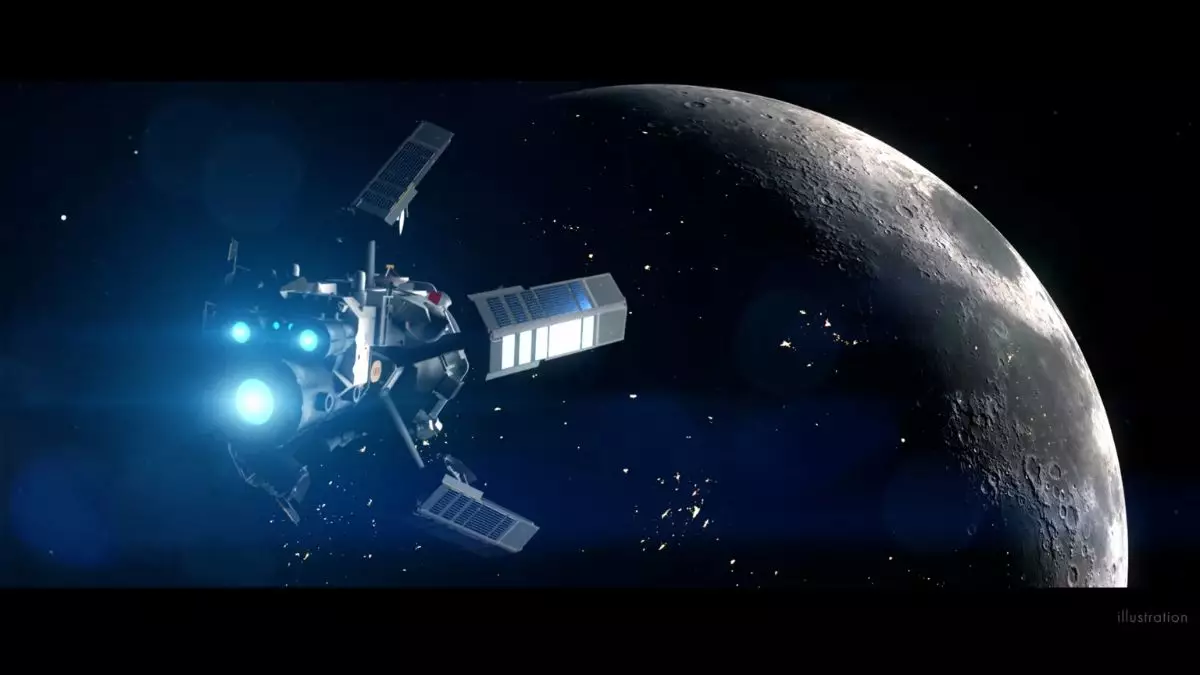Pulsar Fusion, a UK-based company, is stirring up excitement in the space industry with its ambitious plans for nuclear fusion-powered rockets. After a decade of clandestine development, the company recently unveiled its groundbreaking concept at the Space-Comm Expo in London. Dubbed “Sunbirds,” these rockets promise to cut travel times across the solar system dramatically. Such innovation could signify a monumental shift in how we approach space exploration, but optimism is tempered by skepticism from within the scientific community.
Potential to Slash Travel Times
Imagine traveling to Mars in half the time it currently takes, or reaching Pluto in just four years. The DDFD (Duel Direct Fusion Drive) engine aims to make this a reality by fusing isotopes of deuterium and helium-3 to produce charged particles that directly generate propulsion. If successful, the technology would do more than just expedite journeys; it could enable missions that were previously deemed logistically impossible. However, this vision raises an unsettling question: are we, as a society, ready to bank on ambitious reductions in travel time when foundational challenges remain unresolved?
Expert Opinions: A House Divided
Skepticism reigns supreme among some experts, like MIT’s astronautics professor Paulo Lozano, who cautions that nuclear fusion remains an intricate technology, particularly in compact systems for rockets. His concerns spotlight a reality that can often be masked by enthusiasm: just because something is theoretically possible doesn’t mean it’s practically viable. Yet, Richard Dinan, CEO of Pulsar Fusion, offers a counterpoint. He suggests that the vacuum of space may alleviate some of the hurdles of fusion technology faced on Earth. This clash of perspectives raises critical questions about technology development and timelines.
Challenges in Sourcing Essential Materials
One principal hurdle for the Sunbird project will be sourcing helium-3. This isotope is not only rare but also costs a fortune, posing substantial logistical and financial challenges. Some propose that lunar mining could provide a solution, but currently, no plans are in place to capitalize on this resource. This brings to light a broader issue: as we venture deeper into space exploration, how should we manage the resources required for innovation? Should the focus be on sustainable sourcing, or are we destined to exploit space in the same way we have on Earth?
The Cost-Benefit Conundrum of Space Missions
Pulsar Fusion’s ambition to create a fleet of reusable Sunbird rockets is undeniably alluring, suggesting a future where deep-space travel becomes more attainable and affordable. However, tackling long-distance missions will require careful balancing between aspiration and realistic economic models. The promise of reduced travel time and cost must not overshadow the intricate web of challenges that lies ahead. It begs the question: are we foolhardily romanticizing space travel at the expense of ignoring the serious, down-to-earth hurdles that must be addressed first?
The advancement of nuclear fusion technology could be a cornerstone of our cosmic ambitions, yet it also compels us to reflect critically on our readiness for such transformations and the societal implications that come with them. The future of space exploration hangs in the balance, awaiting the outcome of ambitions, doubts, and the hard realities of science.


Leave a Reply